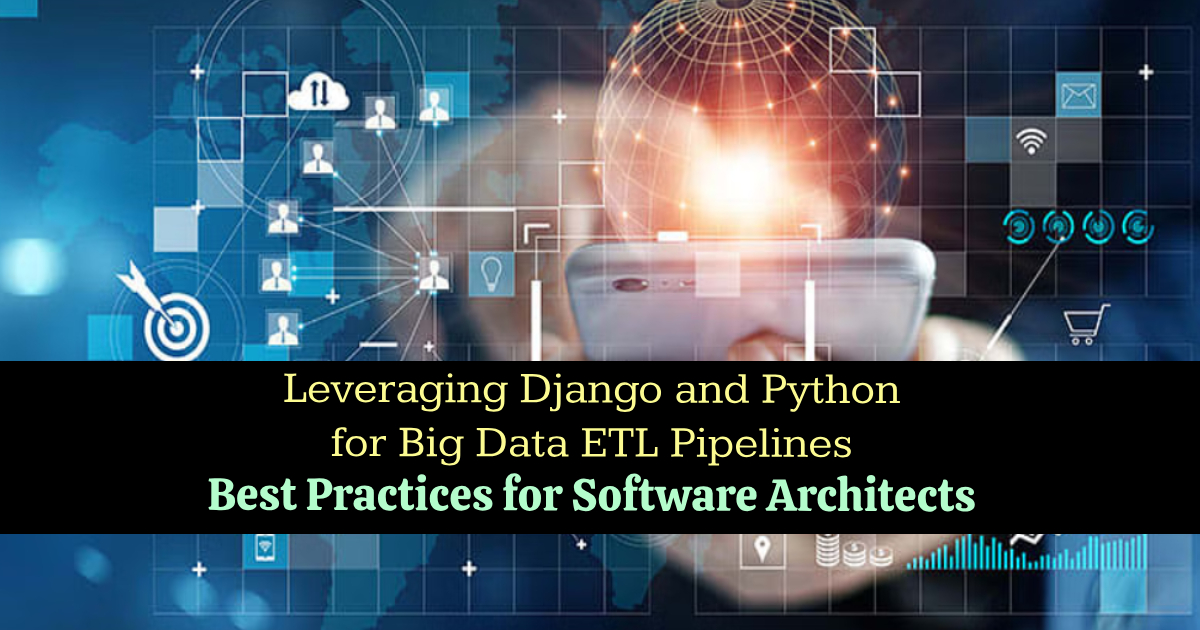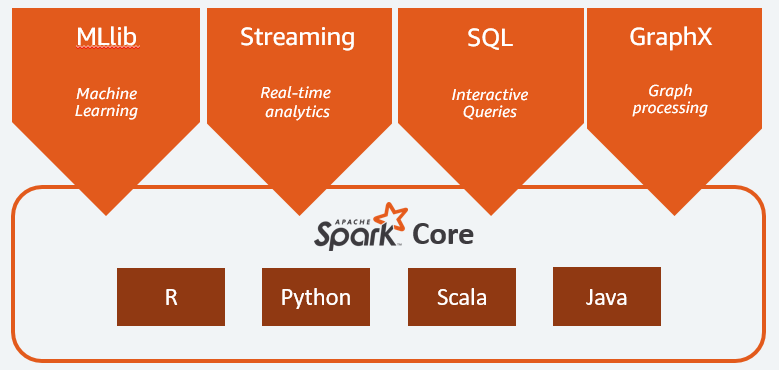Businesses keenly need such things as the efficient extraction, transformation, and loading of data, or ETL, in order to gain valuable insights from any data-driven world they find themselves in. With more than 15 years of experience with Django, Python, and Big Data technologies as a software architect, I have found that combining Django with some really powerful libraries on top of Python is an effective framework for building robust ETL pipelines. It introduces the reader to best practices when using Django and Python in constructing scalable and efficient ETL solutions.
1. The Advantages of Using Django for ETL Pipelines
Django, a high-level Python web framework, is known for its simplicity and scalability. While traditionally used for web applications, its ORM (Object-Relational Mapping) capabilities, modular architecture, and integration with Python libraries make it an excellent choice for building ETL pipelines. Here’s why:
- Modular and Reusable Components: Django’s modular architecture allows for easy development and reuse of components, making it straightforward to integrate ETL processes with other applications.
- Built-in ORM for Database Operations: Django’s ORM simplifies database interactions, allowing architects to work with databases without writing complex SQL queries, improving productivity.
- Integration with Python Libraries: Django can easily integrate with Python’s extensive ecosystem, including Pandas for data manipulation, Dask for parallel processing, and Apache Spark for big data processing.
2. Designing the ETL Pipeline with Django and Python
When designing ETL pipelines, architects need to focus on scalability, modularity, and fault tolerance. Here’s how to achieve these goals using Django and Python:
a. Modular ETL Architecture
Break down the ETL process into smaller, reusable modules—each responsible for a single task, such as data extraction, transformation, or loading. In Django, these modules can be implemented as standalone apps, allowing for independent testing, scaling, and maintenance.
- Extraction: Create Django apps dedicated to extracting data from various sources (databases, APIs, cloud storage). Python libraries such as
requestsfor APIs orpsycopg2for PostgreSQL can be integrated seamlessly. - Transformation: Utilize Python’s Pandas library within a Django app for data cleansing and transformation. Pandas’ ability to handle complex data operations makes it ideal for preparing data for analysis or further processing.
- Loading: Leverage Django’s ORM or other Python connectors (e.g.,
SQLAlchemy) to load transformed data into your target database or data warehouse, ensuring that the process is efficient and consistent.
b. Orchestration and Automation
Use Django’s management commands or Celery for orchestrating and scheduling ETL tasks. Celery, combined with Django, is a powerful tool for automating data workflows, enabling architects to set up ETL jobs that run at specified intervals or based on events, such as new data availability.
- Task Queuing: Celery allows you to queue tasks for parallel execution, improving ETL pipeline performance. For large-scale ETL tasks, integrating Celery with a distributed task queue like RabbitMQ can help manage load distribution effectively.
- Error Handling and Logging: Implement comprehensive logging and error-handling mechanisms using Django’s logging framework or Python’s
logginglibrary. Centralized logs enable monitoring and debugging of ETL processes in real time.
3. Scaling the ETL Pipeline with Big Data Technologies
As data volumes grow, it’s crucial to scale ETL pipelines. Python’s ecosystem offers several tools that integrate with Django to build scalable ETL solutions:
a. Integrating Apache Spark
For processing large datasets, Apache Spark is a powerful choice. Using pyspark, you can leverage Spark’s distributed computing capabilities for parallel ETL processing. Integrate Spark with Django by developing custom commands or services that run Spark jobs as part of the ETL pipeline.
- Example: A Django app can extract data from multiple sources, trigger a Spark job for transformation, and then use Django’s ORM to load the processed data into a data warehouse.
b. Utilizing Dask for Parallel Processing
Dask is a lightweight alternative to Spark for parallel data processing. It can be used within Django apps to process large datasets that don’t require the full capabilities of Spark but still benefit from parallel execution. Dask integrates well with Pandas, making it a flexible solution for ETL tasks.
4. Best Practices for ETL Development with Django and Python
To build efficient and scalable ETL pipelines, follow these best practices:
- Data Validation and Cleansing: Ensure data quality by incorporating validation and cleansing steps in the transformation phase. Use Pandas and Django’s validation framework to detect and handle inconsistencies before data is loaded.
- Testing and Monitoring: Implement unit tests for each ETL component using Django’s testing framework. Automated testing ensures that changes in one part of the pipeline do not impact others. Additionally, set up monitoring tools like Prometheus and Grafana to track ETL pipeline performance.
- Data Security and Compliance: Protect sensitive data by encrypting it during extraction and transformation processes. Django’s built-in security features, combined with libraries like
cryptography, can help maintain compliance with regulations such as GDPR.
5. Real-World Example: Building a Scalable ETL Pipeline with Django and Python
Let’s consider a real-world example where Django and Python are used to build an ETL pipeline for a retail company processing sales data:
- Extraction: A Django app extracts data from an online sales API and various third-party databases.
- Transformation: The data is transformed using Pandas for aggregation, filtering, and cleansing. Additional Python libraries like
numpyare used for advanced calculations. - Loading: The transformed data is loaded into a cloud-based data warehouse using Django’s ORM, ensuring consistency and scalability as data volume increases.
Conclusion
Django and Python offer a flexible and scalable approach for building ETL pipelines in big data environments. By leveraging Django’s modularity and Python’s powerful libraries, software architects can design efficient ETL systems that integrate seamlessly with other web applications and data frameworks. Following the best practices outlined in this post will ensure that your ETL pipelines are not only efficient but also scalable and secure, setting you up for success in the rapidly evolving world of data engineering.



